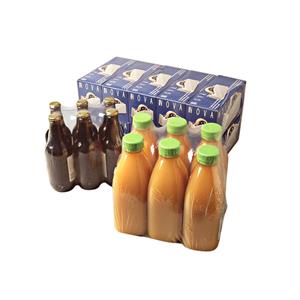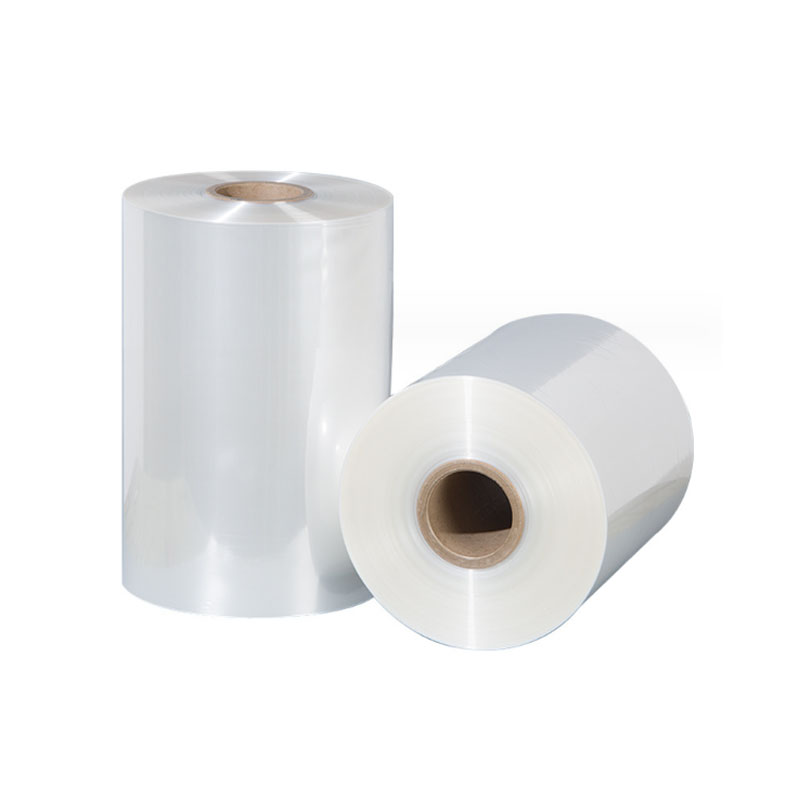
Production process of PE shrink film
2024-08-12 11:31First of all, the blown film: in the heated drum, polyethylene particles are pushed by the screw into the round die head mouth, compressed air will blow the molten liquid, through the air-cooled, wound up into a film. The nature of blown film in the transverse and longitudinal directions is different. The elongation of shrink film in the machine direction is generally greater than 180%, and the elongation in the transverse direction is generally greater than 380%. But the size of the elongation and mechanical strength is inversely proportional to the elongation is too large (such as greater than 500%), the mechanical strength of the film will often be very low, easy to cause the shrink film in the process of transportation, handling breakage, and in the unwinding, PE film is easy to be elongated in the cut plate, PE film will be rebound, warping.

Next is the coating of the gel: corona over the PE film can be directly coated with polyacrylate adhesive, without the need to apply primer. Then the PE film passes through a longer air heating channel (80 ~ 120°C) to ensure that the water or solvent is evaporated, then the PE film is cooled by cooling rollers and finally wound.Finally, rewinding, slitting and storage: the shrink film is rewound directly on the coating machine to the length required by the customer. If the customer needs the film to have a nice appearance without air bubbles, the film can be rewound with a high quality rewinder to make sure that there is no air in the film.

For short lengths of PE film (less than 500 meters), straight knives can be used to slit the film. More than 500 meters, the heat generated when slitting with a straight knife may melt the polyethylene, resulting in difficult to unwind, or even unwind torn film. According to the coated online understanding, shrink film can generally be stored in the room temperature of 30 ℃, no direct sunlight in the warehouse for 12 months, the higher the temperature, the shorter the storage period, every 10 ℃ higher, the storage period will be reduced by half.
